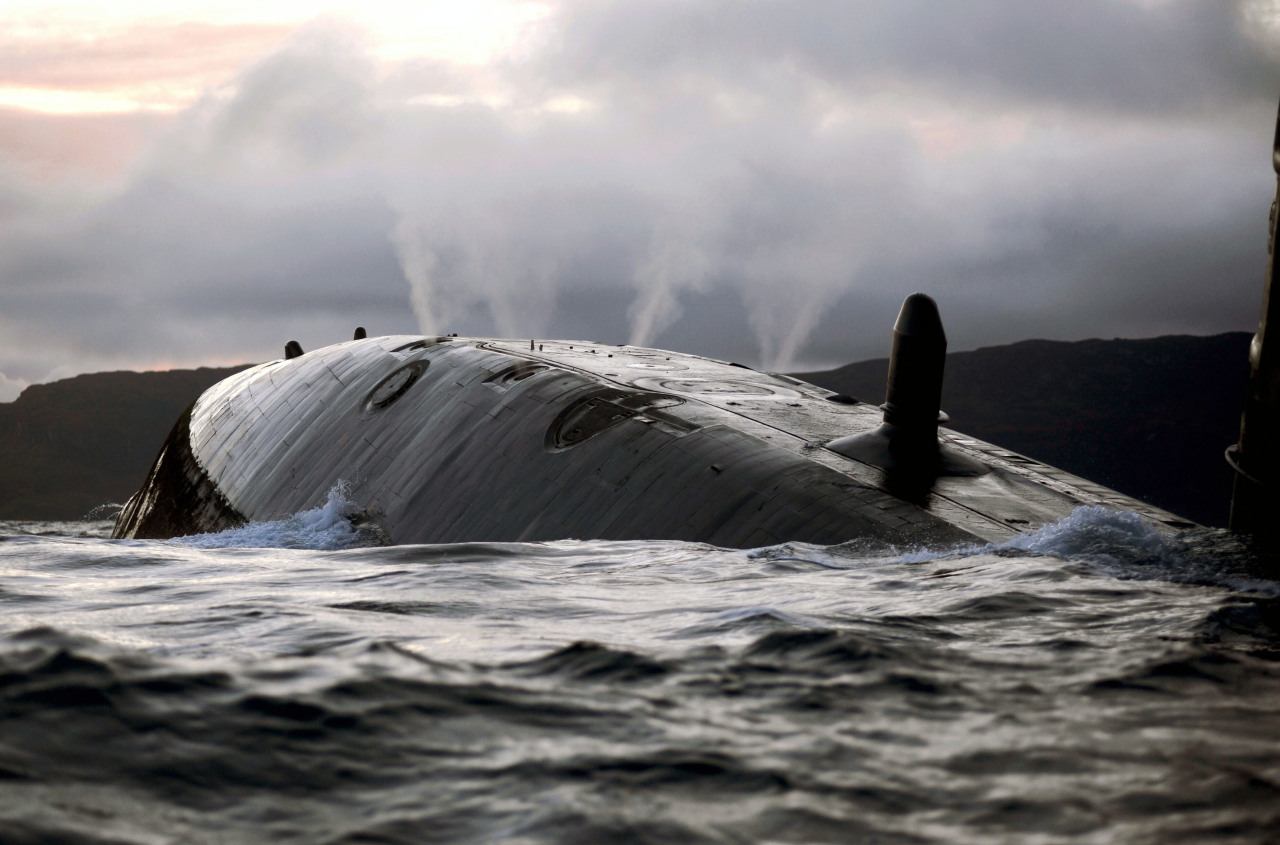Sam Manekshaw
FULL MEMBER

- Joined
- Feb 17, 2014
- Messages
- 1,765
- Reaction score
- -6
- Country
- Location
Thanks for great info
but i have 2 questions??
1- How cruise missiles reach sea surface???
2- Types of guidance of torpedoes???
1.In an UGM-109 underwater launch, the missile remains enclosed in its transport canister until it has cleared the torpedo tube. The canister is then ejected, and the booster ignites to propel the missile to the surface. After it is fully airborne, some protective covers are jettisoned, and the flight procedes as in a surface launch. Newer SSNs also have vertical launch tubes for the UGM-109 missile.
2.Torpedoes are guided by any of several systems. The simplest is used in the straight-running torpedo, which is held on a straight course by a gyrocompass and must be aimed in the correct direction at the time it is launched. Acoustic, or homing, torpedoes guide themselves to their targets by sound. A passive acoustic torpedo follows sounds made by the target ship—usually propeller noises. An active acoustic torpedo is equipped with a sonar device that sends out sound waves and homes in on the echoes from the target. Wire-guided torpedoes are electrically guided from the attacking vessel and cannot be jammed or driven off course by the target vessel.
Most modern torpedoes are built with more than one guidance system; most combine active and passive acoustic homing capabilities. The United States Mk-48 heavy torpedo has not only active and passive acoustic homing guidance but also provisions for wire guidance.










